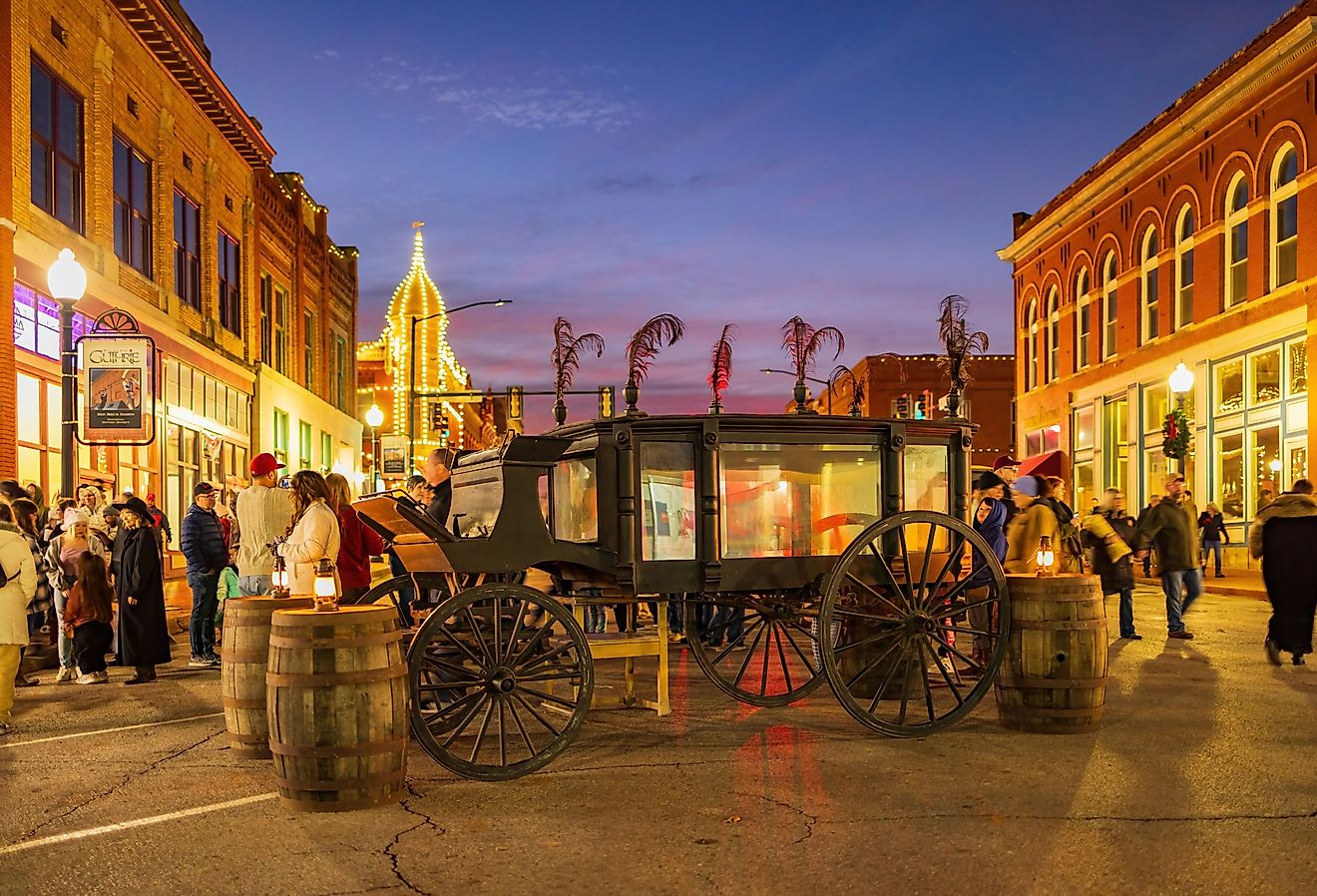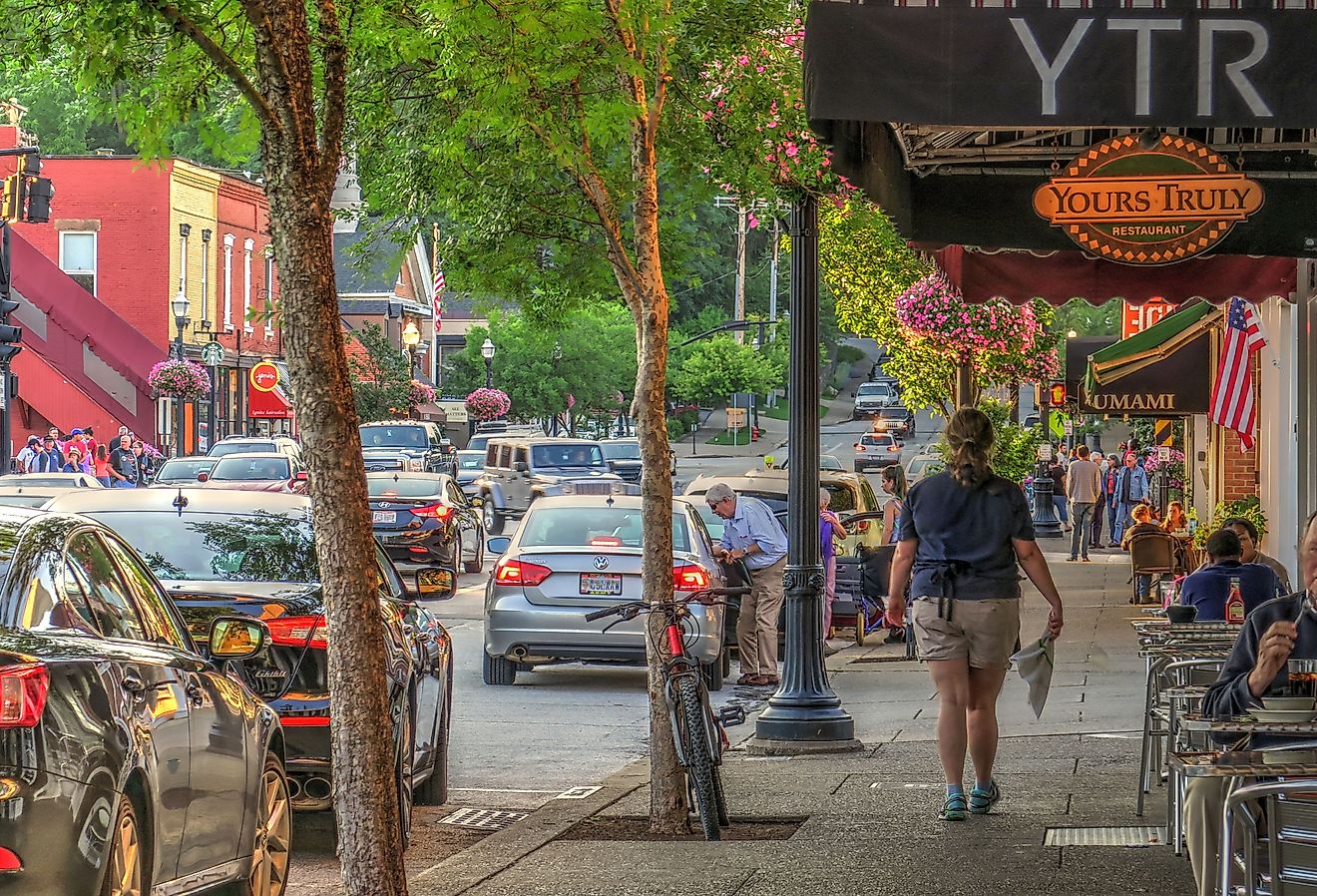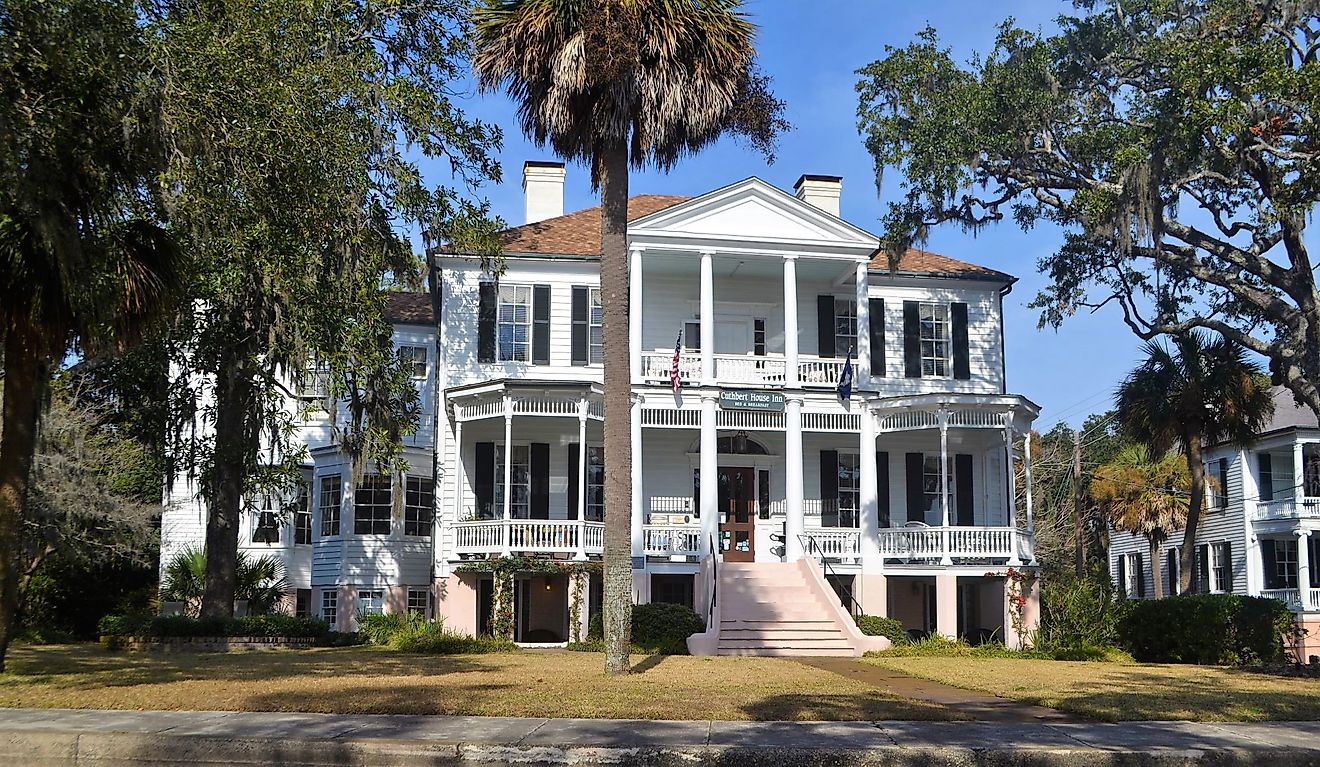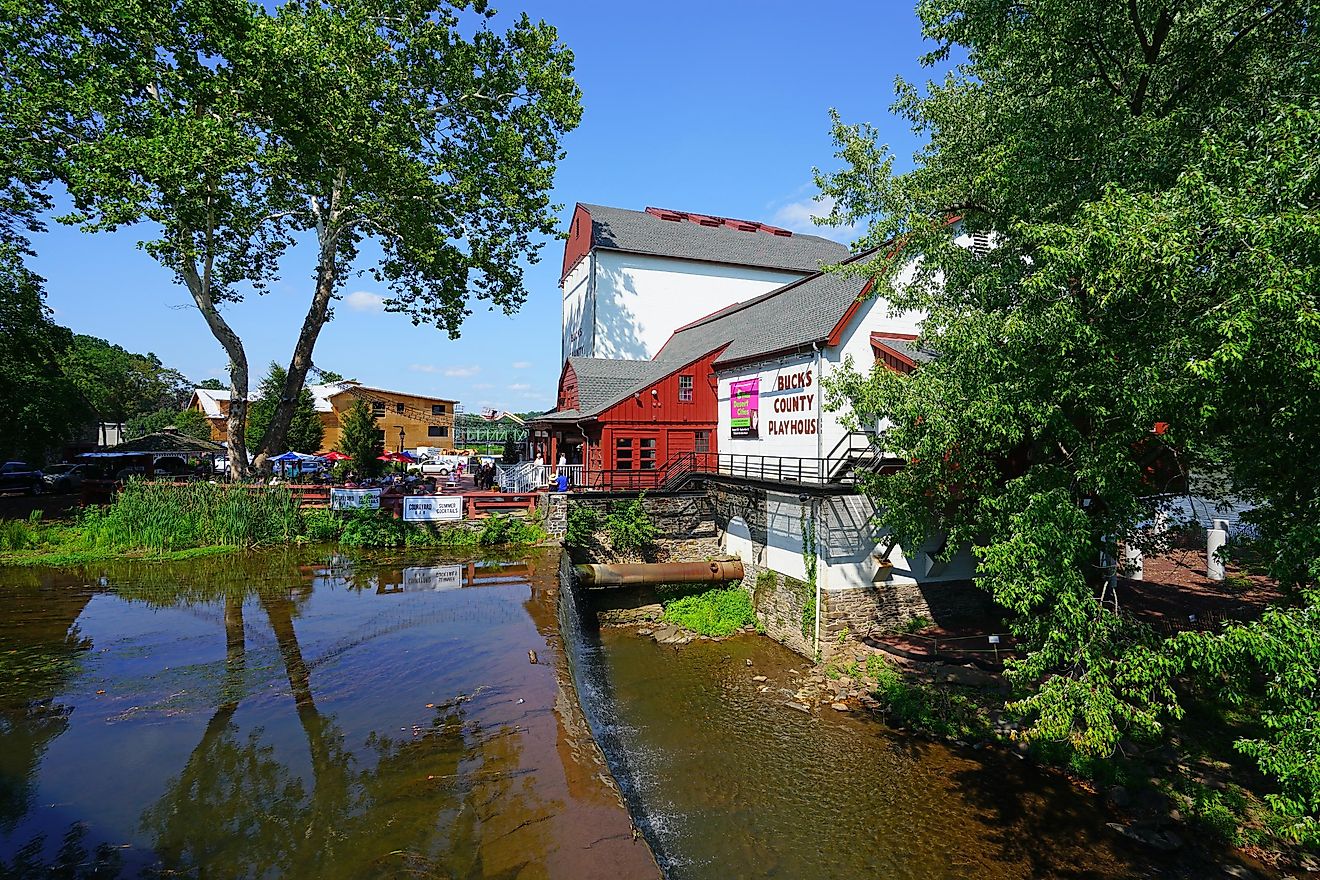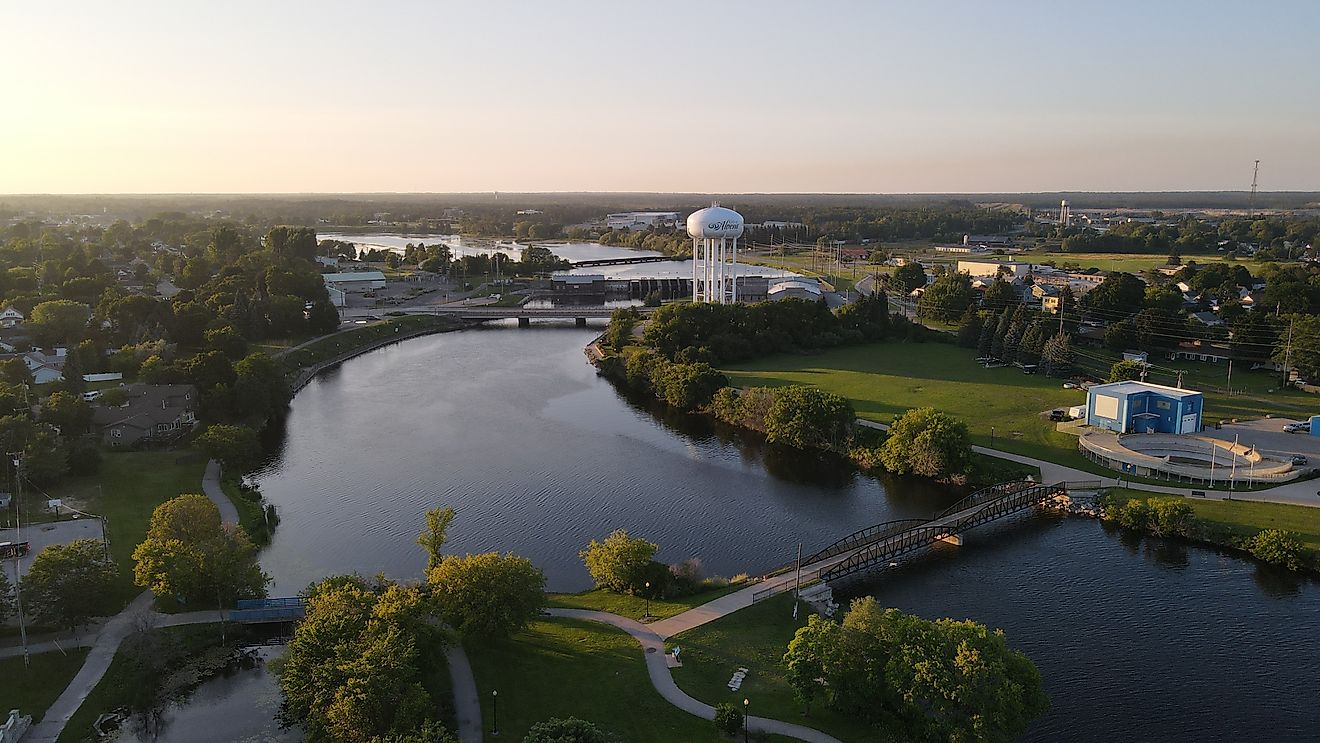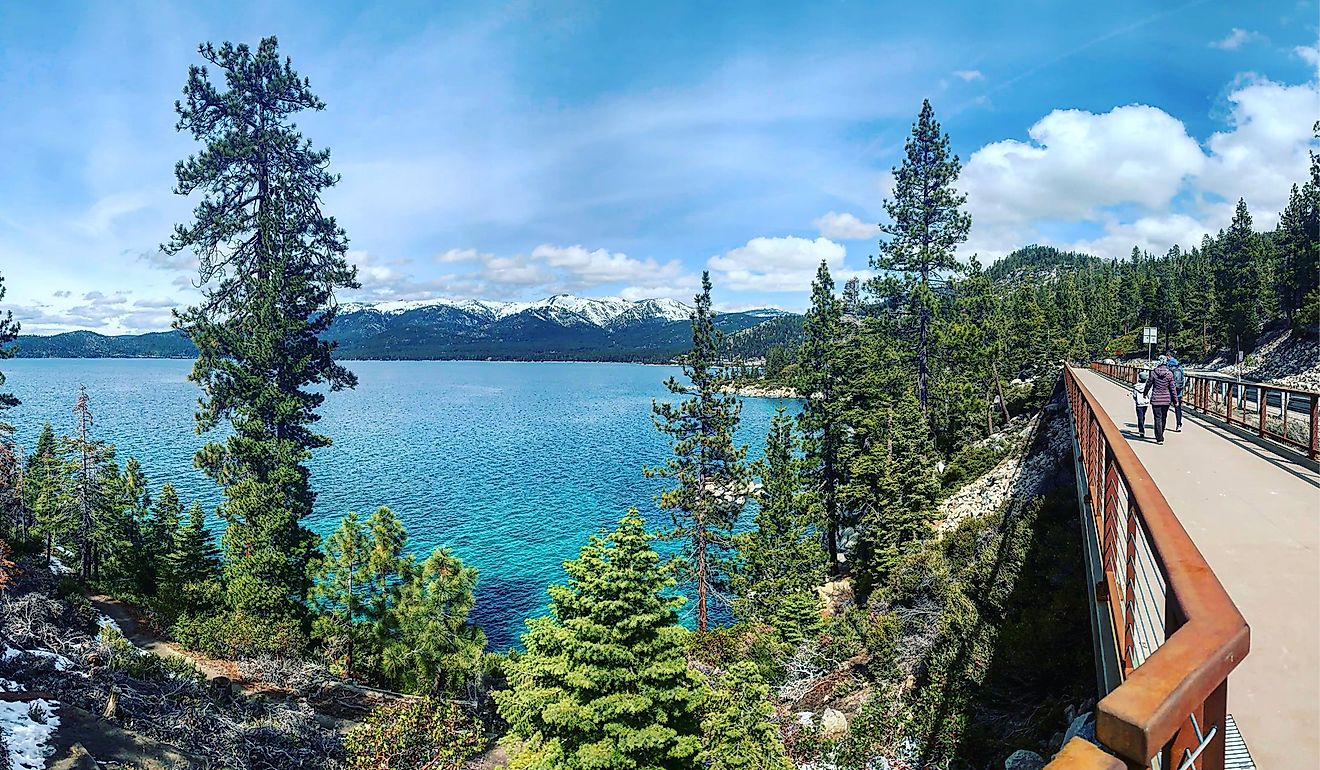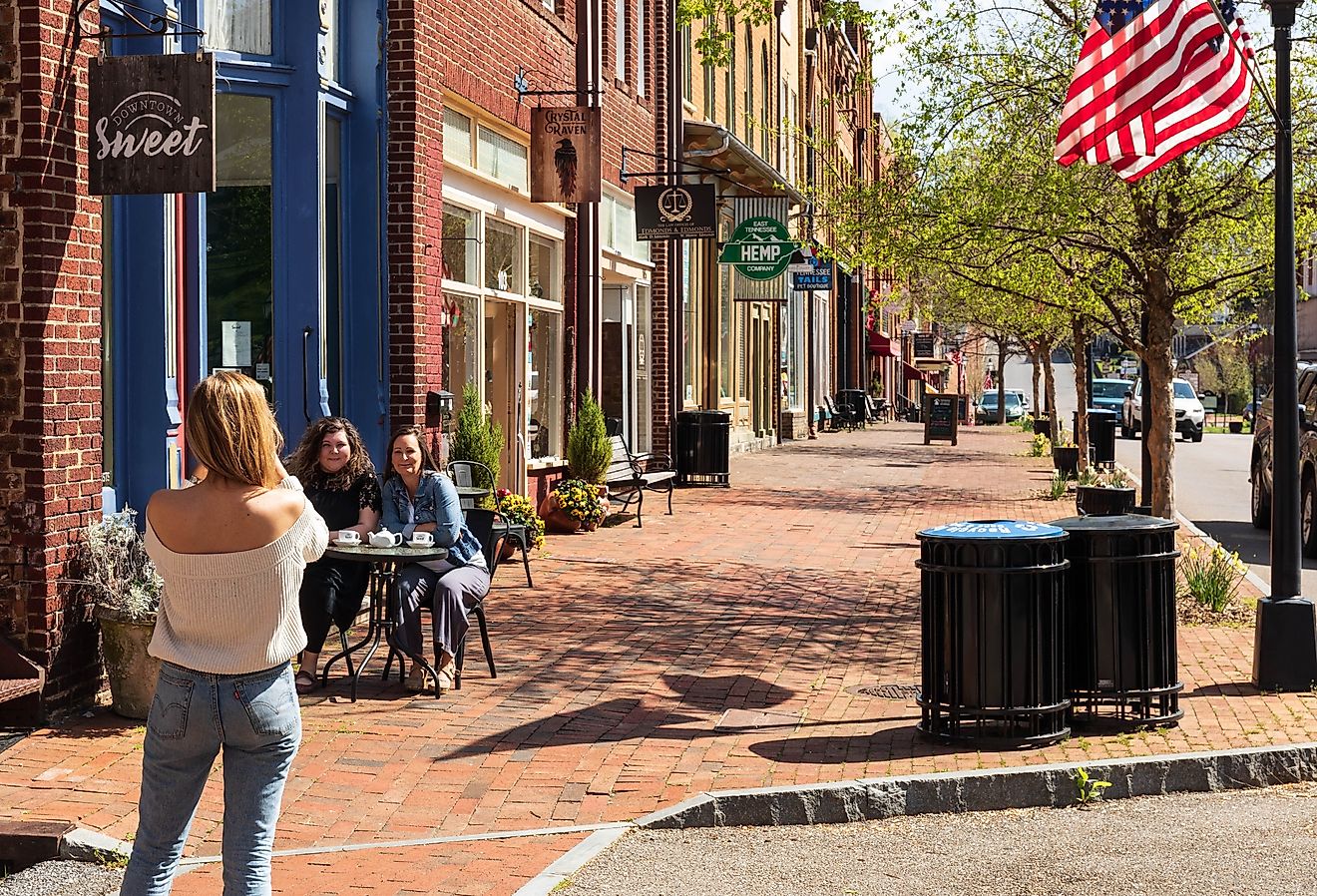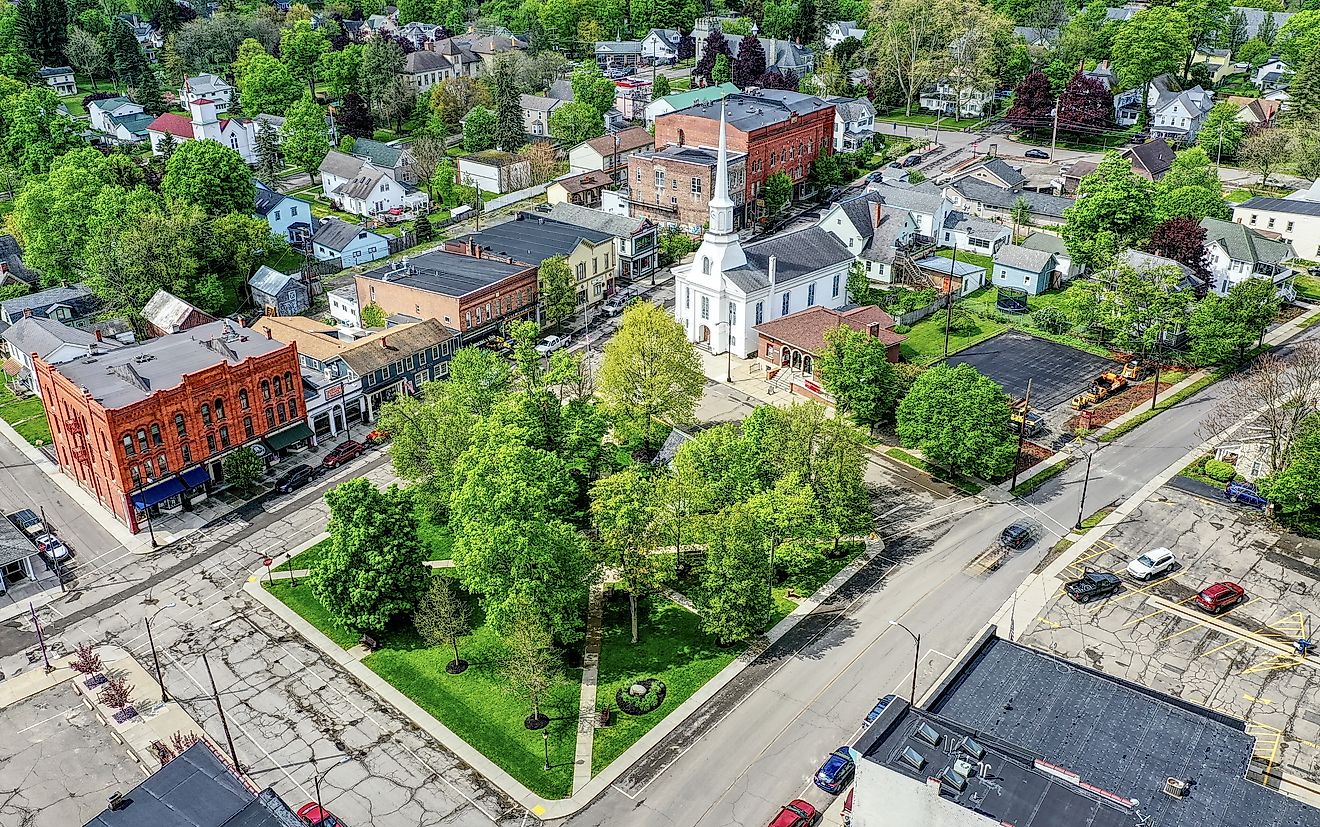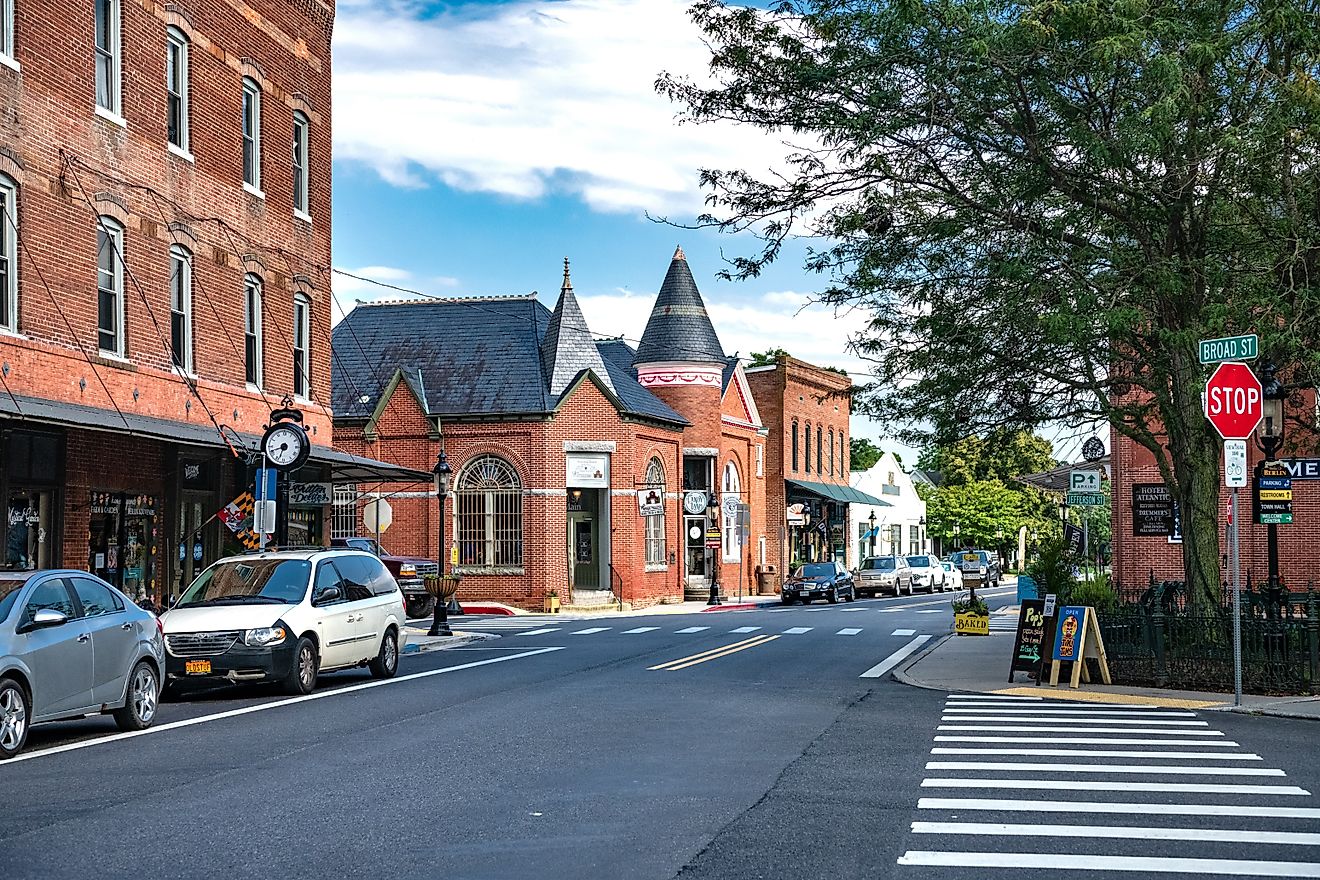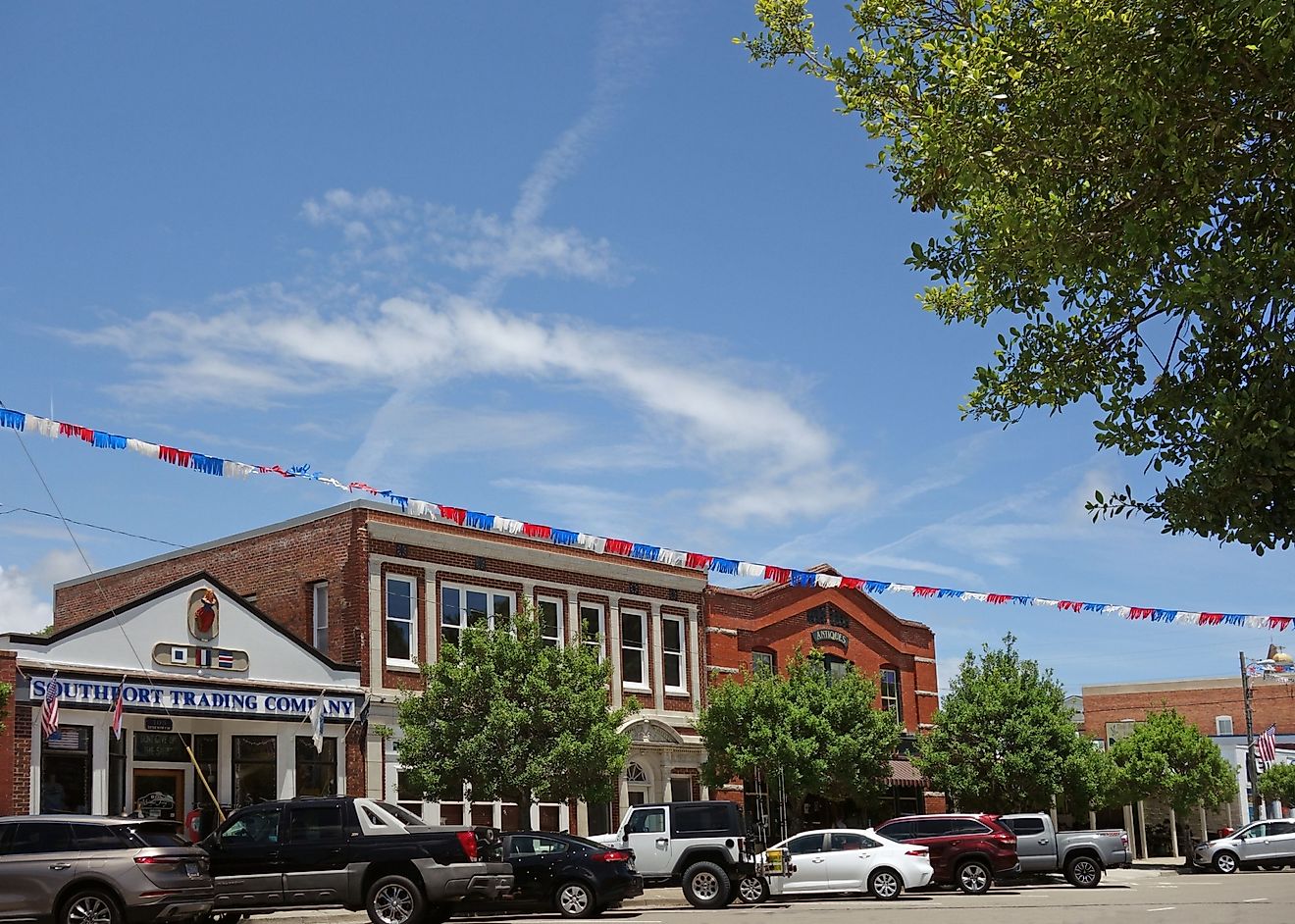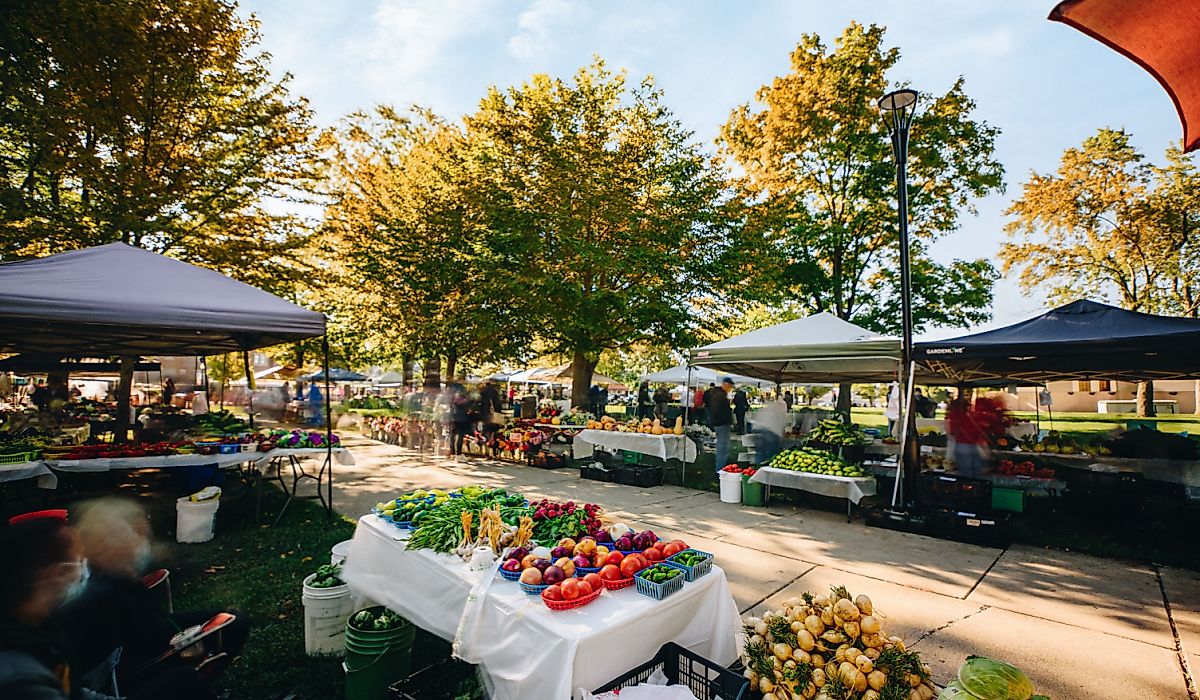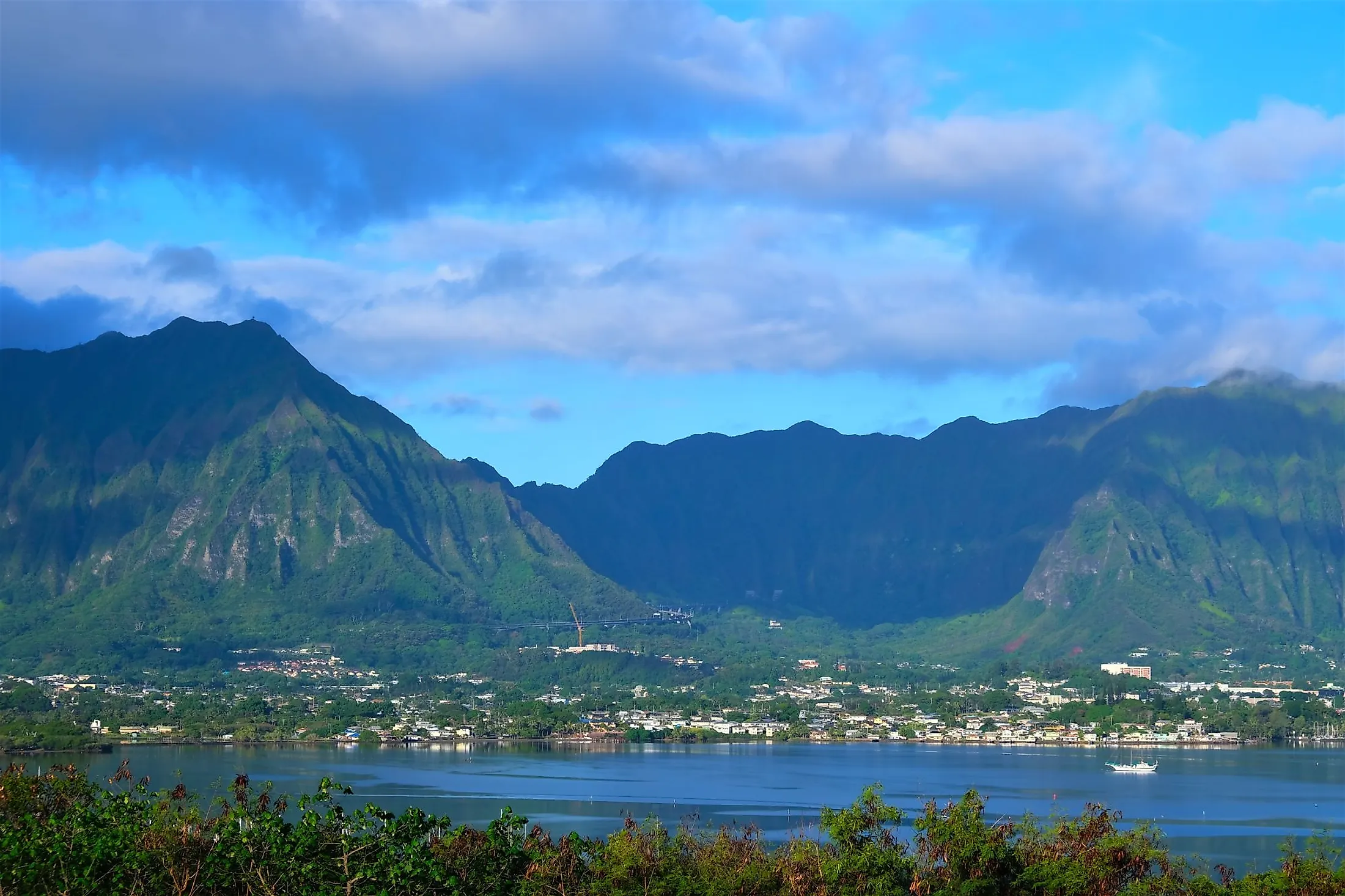
Kaneohe, Hawaii
Kaneohe is a census-designated place (CDP) situated in the City and County of Honolulu in the Koolaupoko district of the Island of Oahu, Hawaii, United States. On Oahu's windward side, Kaneohe is isolated from the bustling tourist areas of Waikiki and Honolulu by a massive volcanic crater remnant. Kaneohe is surrounded by the 500-meter-high Ko'olau Range, which extends outward like a protective wall. Golf clubs, hiking trails, tropical floral gardens, and the alluring blue expanse of Kaneohe Bay all foresee this amazing volcanic granite mass. The bay, which is surrounded by upscale homes with their own docks, pleads to be explored, either by kayak or by cruise. At sea level, the sandbar a few hundred meters into the bay resembles a desert island and is a favorite destination for day visitors.
Geography And Climate Of Kaneohe
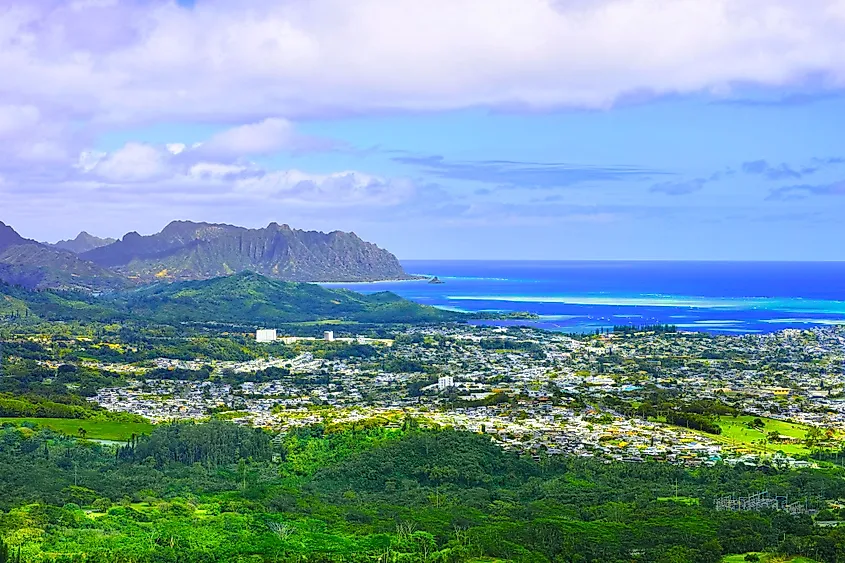
Kaneohe extends from the Koolau Range's foothills to Kaneohe Bay and is about 19 km northeast of Honolulu. It is situated west and south of the neighboring CDPs Kailua and Heeia, respectively. Four main highways pass through this town which are Kamehameha Highway to the north and south, Kāneʻohe Bay Drive to the east, and Likelike Highway to the west. These highways meet in the middle of Kaneohe. Interstate H-3 passes through the western and eastern ends of the town. Kailua covers a total area of 21.92 sq. km, divided into 16.95 sq. km of land and 4.97 sq. km of water.
According to the Köppen climate classification, Kaneohe experiences Tropical Savanna Climate with alternating dry and wet seasons. The driest month records precipitation of less than 60mm. The average yearly temperature is 24.4°C, with September and February recording the highest (26.3°C) and lowest (22.6°C) average temperatures, respectively. On average, Kaneohe gets 815.3 mm of precipitation yearly, with June reporting the lowest number (27.9 mm). The rainy period lasts the entire year, with a dry season lasting from March to October. This area doesn't experience snowfall.
History Of Kaneohe
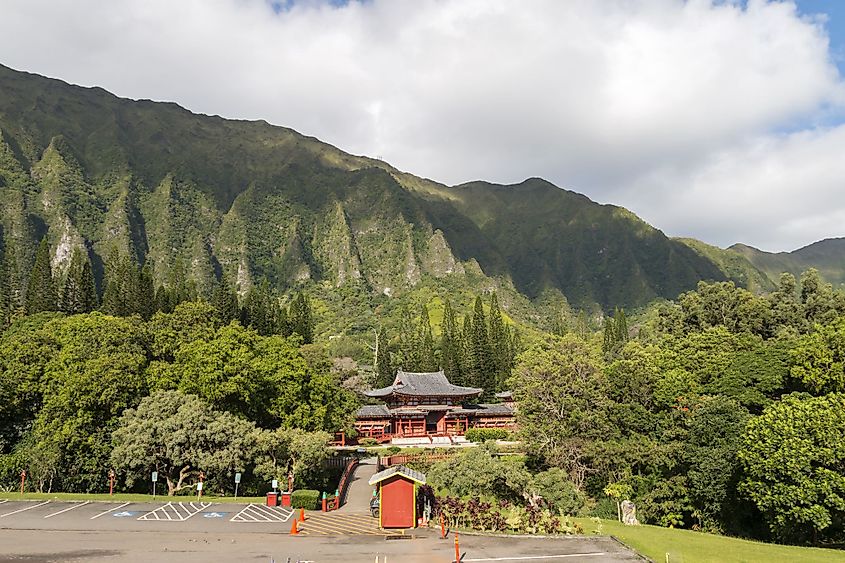
The early kings of the island initially resided in Kaneohe. There were about 30 royal fishponds there. It was primarily an agricultural region where taro and sweet potatoes were grown. Both rice and pineapples gained popularity in the 20th century, but since then, the large-scale production of both has decreased. When the Army was granted Mokapu Peninsula in 1918, they established Kuwaaohe Military Reservation, which is one significant development that has persisted to this day. Later, the Marine Corps would gain control of the property, which is now known as Marine Corps Base Kaneohe.
The Japanese would strike this station during the attack on Pearl Harbor. The base grew throughout World War II to provide schools and training for the battle, but the town wouldn't undergo a significant transformation until after the victory. After the war, Oahu experienced unprecedented population growth, which led to an increase in housing demand. The plantations did start to become less profitable than they had been, but it is also claimed that the Castle family's situation at the time—a land rich but financially poor—was a significant deciding factor. These elements were crucial to form the basis for the city of Kaneohe. These lands were progressively developed, but things took off after the Pali Tunnel opened in the 1960s and 1970s. Now that getting to Honolulu was no longer a barrier, homebuyers flocked to this area. Another significant incentive was the fact that they could purchase a home on this side of the Koolau for a lower price. And that's how Kaneohe became an essential residential community.
The Population And Economy Of Kaneohe
As per the latest US Census, Kaneohe has a population of 37,430 residents, where 50.8% are females, and 49.2% are males. Kaneohe's racial makeup is 38.3% Asian, 18.1% white (non-Hispanic/Latino), 9% Hispanic or Latino, 8.2% Native Hawaiian and Other Pacific Islander, and 0.3% African-American or Black. The remaining are distributed among American Indians, Alaska Natives (AI/AN), and other mixed races. English is spoken by 86.3% of the population. The rest speak Asian and Pacific Islander languages (10.8%), Indo-European languages (1.2%), Spanish (1.1%), and other foreign languages (0.6%). 73.3% of the population in Kaneohe are naturalized US citizens. Veterans make up 9.5% of Kaneohe's population, of which 95.2% are males, and 4.8% are females.
As per the same Census, the employment rate in Kaneohe is 59.7%, with a poverty rate of 4.5%. The homeownership rate is 72.8%, where the median gross rent cost is $2,001 per month, with a median household income of $116118. According to Sperling’s BestPlaces, the unemployment rate in Kaneohe is 7.6%. Compared to the US average of 33.5%, future job growth is expected to be 31.1% during the next ten years.
Attractions In Kaneohe
Kaneohe Bay
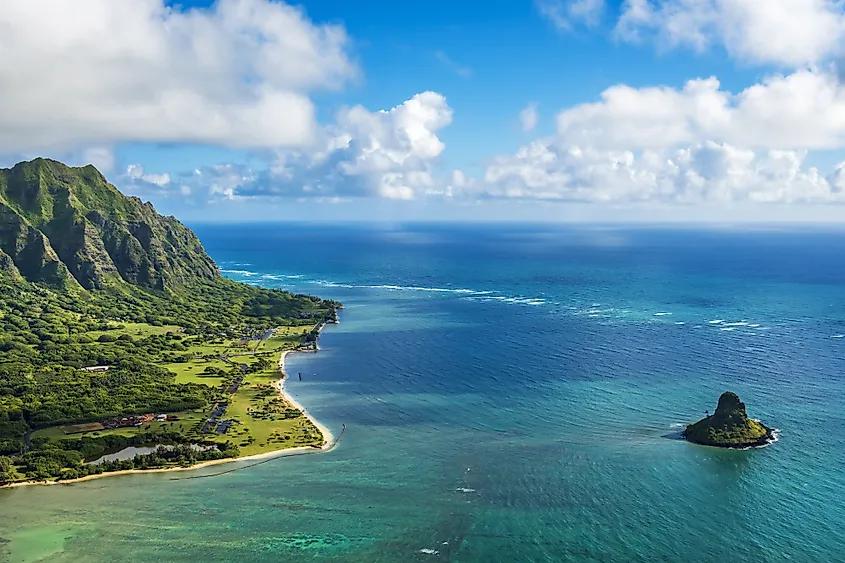
The stunning bay, which is 2.7 miles wide and 8 miles long, is Kaneohe's most notable feature. Kaneohe Bay is a caldera remnant from the Koolau volcano and is shielded to the north by one of Hawaii's two barrier reefs. As a result, the bay has calm, frequently warm waters ideal for boating and paddlesports. There are five islands or islets dotting the ocean. You'll notice that there aren't many beaches along the shore, but to make up for it, there's the magnificent Kaneohe Sandbar, which is out in the bay and is easily accessible by kayak, paddleboard, or boat.
Ho’omaluhia Botanical Gardens
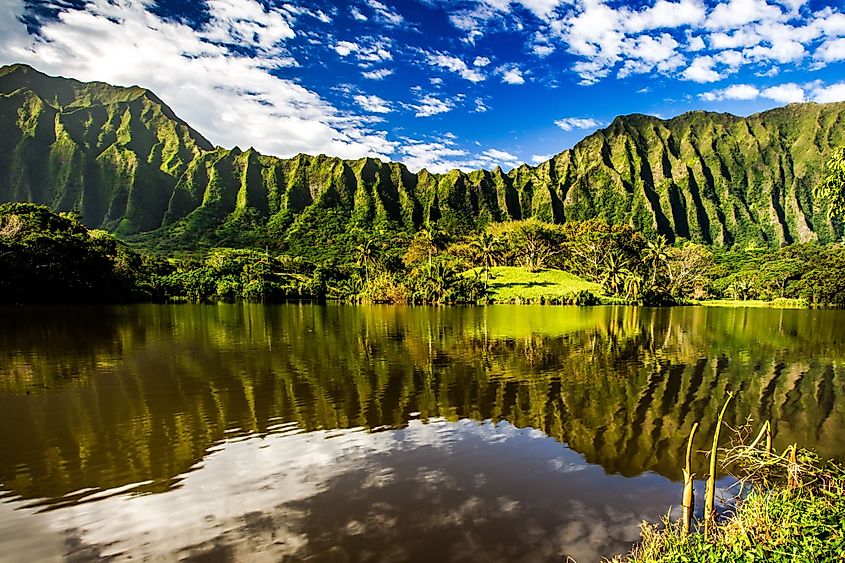
While exploring this 400-acre garden, you'll be in an environment similar to the movie Jurassic Park (1933) because of Ko'olau Range's formidable walls. The north edge of Kaneohe Bay is where the film was shot. The Ho'omaluhia Botanical Gardens were established in the 1980s as part of a project by the US Army Corps of Engineers to safeguard Kaneohe from flooding. Plants and trees from tropical regions all over the world are arranged according to geography; you'll find specimens from places like Africa, India, Sri Lanka, Polynesia, Melanesia, Malaysia, the Philippines, and the region around Hawaii.
Byodo-In Temple
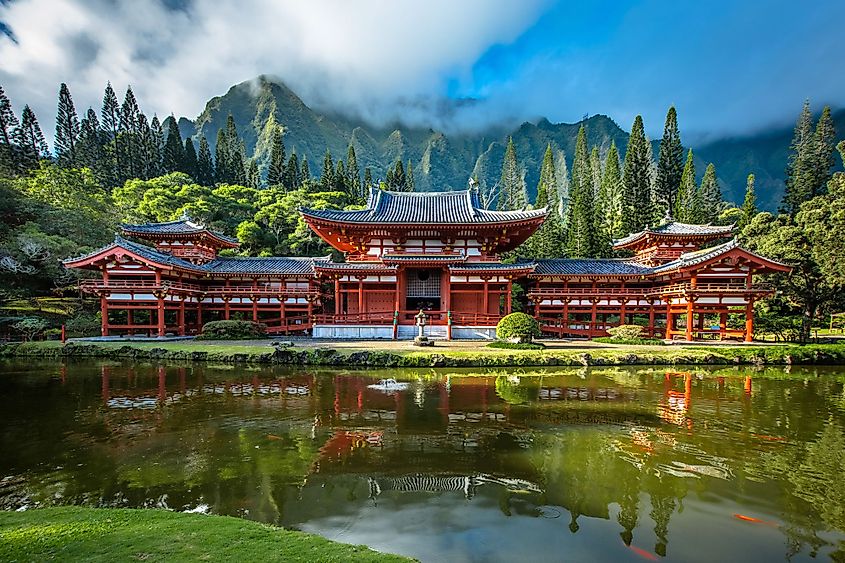
The nondenominational Byodo-In Temple, a duplicate of the temple's namesake in Uji, in the southern suburbs of Kyoto, Japan, built in the 11th century, is the centerpiece of the Valley of the Temples. In 1968, the temple was officially opened to mark the 100th anniversary of the arrival of the first Japanese immigrant on Oahu. Despite not having an active congregation or monastic group, this temple still draws thousands of worshipers annually from all different kinds of religious backgrounds.
This quaint rural area is surrounded by stunning natural scenery and is rich in Hawaiian culture and history. The town has a lovely contrast of styles because of its location, which stretches from the beaches of Kaneohe to the slopes of the Ko'olau Range. Kaneohe has both old and new, urban and rural, mountains and seaside. Plan your trip and enjoy this beautiful destination.
